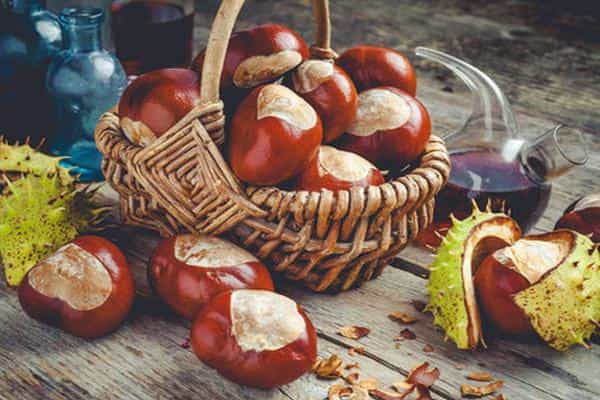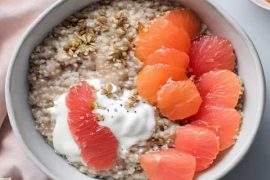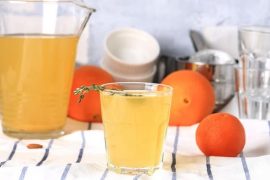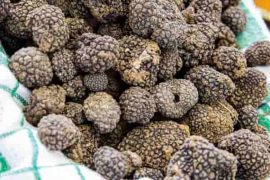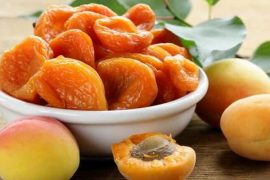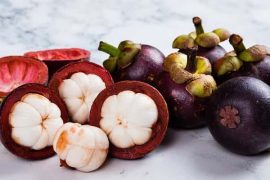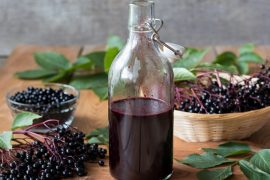Зміст
Chestnut fruits are one of the symbols of autumn; they are most often used in art and the creation of simple figures. However, it is worth knowing that chestnuts contain many valuable medicinal substances. Due to this, they were used in the production of medicines and cosmetics. In September, you can easily prepare a tincture from them, which is used both internally and externally. It has a beneficial effect on the cardiovascular system and improves digestion. It is also indispensable in the fight against bruises, varicose veins, joint pain and cellulite, and quickly improves skin condition. Learn how to make chestnut tincture and how to use it.
Properties and uses of chestnuts
In the chestnuts (and also in the chestnut tincture) we can find many substances that are valuable for health and beauty. First tannins, flavonoids, saponins, carotenoids, coumarin, rutin and quercetin. They have strong anti-inflammatory and anticoagulant properties, remove free radicals from the body, causing faster skin aging. The chestnut tincture can be consumed in small amounts or applied topically.
How does chestnut tincture affect health?
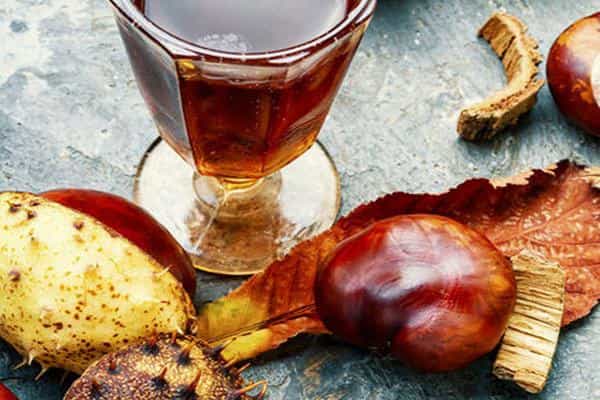
Chestnut tincture has an excellent effect on the circulatory system – it prevents vein thrombosis, strengthens blood vessels and improves blood circulation. Helps fight varicose veins and hemorrhoids, prevents skin tingling and muscle spasms. The tincture also has anti-inflammatory and antibacterial properties, is effective for gastritis, improves digestion and supports bowel function. Best consumed before meals (5-8 drops) up to three times a day.
How does chestnut tincture affect beauty?
Chestnut tincture should also be used externally. It has a positive effect on the condition of the skin – nourishes it, tightens pores, improves blood circulation and elasticity. Especially recommended for skin care. It will also help fight cellulite (eliminates swelling and promotes the elimination of toxins from the subcutaneous tissues), bruises and varicose veins (clogs and strengthens blood vessels, improves blood circulation). This will speed up the healing of wounds, bruises and frostbite.
Chestnut tincture is also effective for joint and muscle pain, soothes ailments associated with sprains, has anti-inflammatory properties and reduces swelling. The tincture can be used for massage, rubbed into sore spots and added to the bath. If you want to use it as a skin cosmetic or anti-cellulite treatment, mix it with a little olive oil to make it easier to apply to the skin.
How to make chestnut tincture?
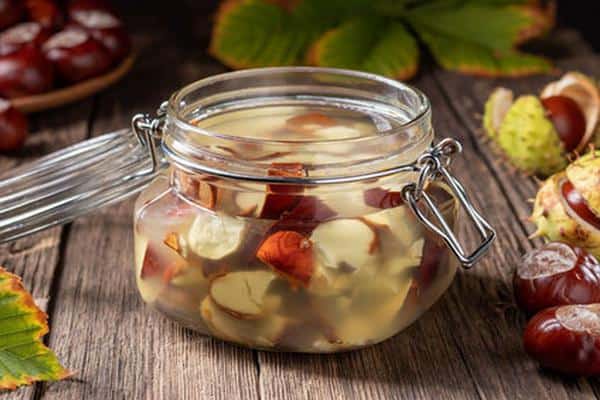
Chestnut tincture is easy to prepare. You will need 20 chestnuts (preferably fresh, shelled), 2 glasses of vodka, and a handful of dried chestnut flowers (you can find them in pharmacies and herbalists). Rinse the chestnuts, scald with boiling water and cut into small pieces, and crush the dried flowers in a mortar. Place both ingredients in a jar and cover with alcohol. The liquid should be tightly closed and placed in a dark, cool place. The jar should be shaken every few days. After 2 weeks, it is enough to strain the tincture and pour into bottles (preferably dark).


